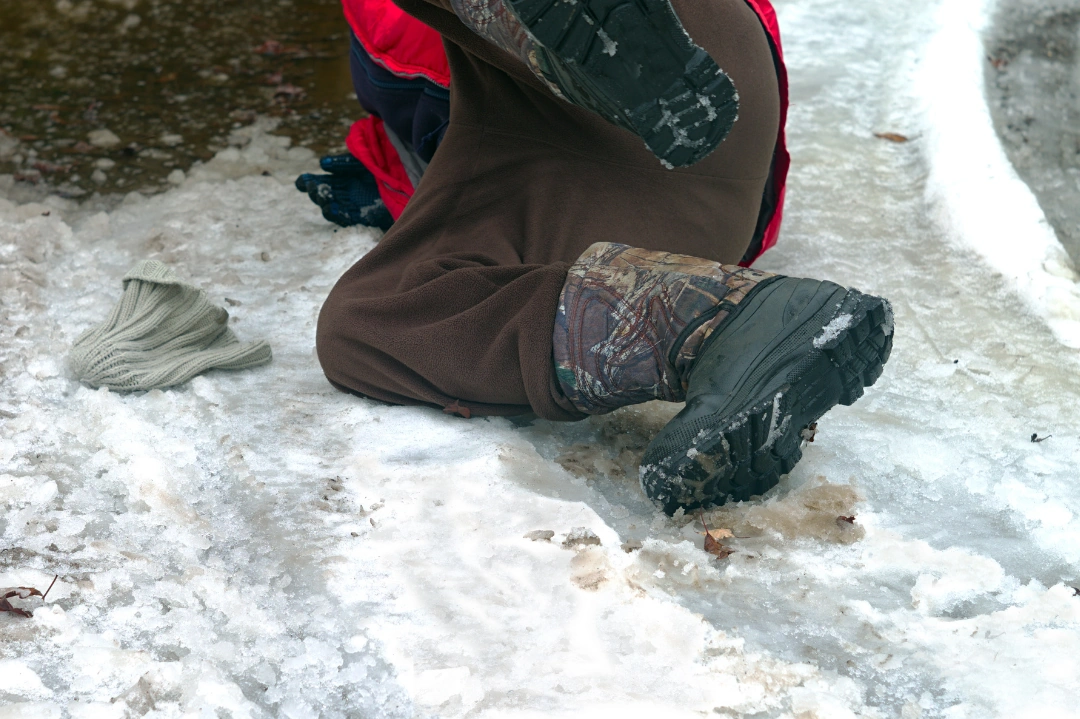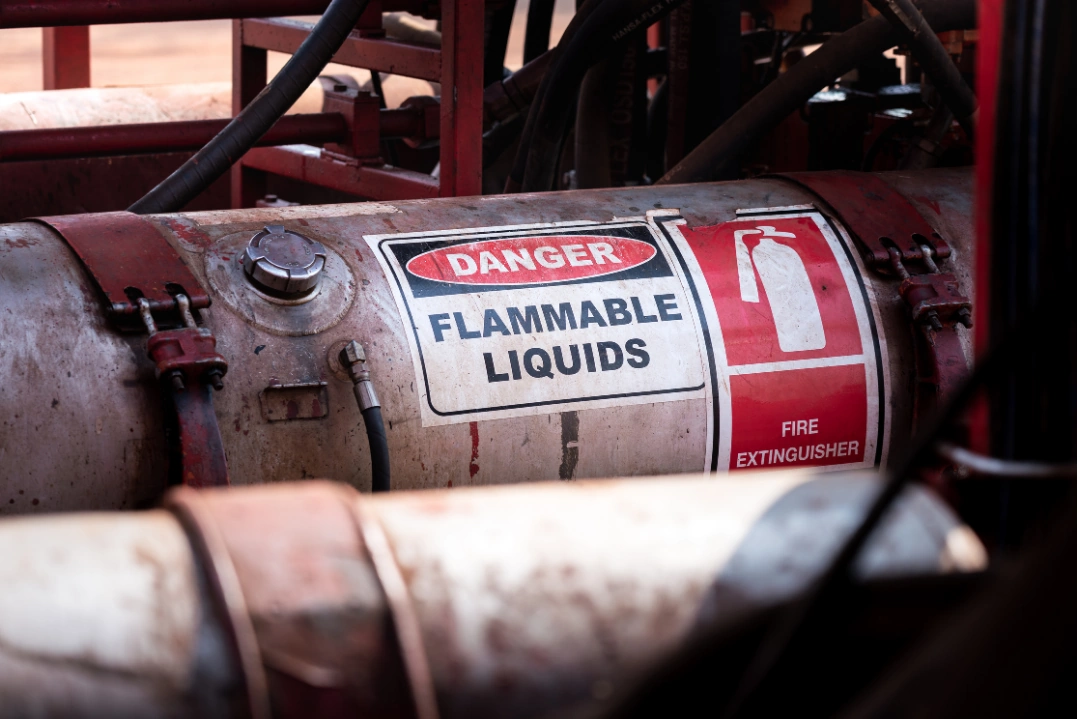
Top 10 Most Common Ergonomic Hazards For Lone Workers
Ergonomic hazards pose significant risks to solitary workers, who often lack immediate support in their roles. Employers must prioritize the safety and productivity of these workers, not just to meet compliance standards but to enhance overall workforce efficiency and health. Explore common ergonomic hazard examples in lone work settings and discover insights for employers and workers alike. Employers can foster a safer work environment and boost productivity by addressing these hazards.
The Importance Of Addressing Ergonomic Hazards
Ergonomic hazards can cause chronic pain, reduced mobility, and repetitive strain injuries, especially for lone workers without immediate support. Poor posture or inadequate equipment often goes uncorrected, increasing the risk of long-term injury and decreased productivity. Employers must proactively address these risks by implementing ergonomic solutions and providing proper training. Doing so enhances safety and compliance and promotes a healthier, more efficient workforce.
Common Ergonomic Hazard Examples In Lone Work Environments
Lone workers face unique ergonomic challenges that can impact their health and efficiency. Recognizing these hazards helps employers maintain a safe work environment. Here are some common ergonomic issues that need attention in lone work settings.
1. Repetitive Motion Injuries
Repetitive motion injuries commonly affect workers performing repeated tasks like typing or lifting, leading to conditions such as tendonitis or carpal tunnel syndrome. Lone workers may miss early warning signs without nearby support, increasing injury risk. Employers should evaluate these tasks and apply ergonomic solutions to protect their workforce.
2. Poor Posture And Its Consequences
Poor posture is a common ergonomic hazard that can cause musculoskeletal disorders, from mild discomfort to serious conditions like herniated discs. Lone workers—such as delivery drivers and remote staff—are particularly at risk due to limited ergonomic support and challenging work setups. Employers can reduce these risks by encouraging posture awareness and providing guidance for safer work environments.
3. Inadequate Equipment Design
Poorly designed equipment can cause lone workers to adopt awkward postures or exert excessive effort, leading to discomfort and lasting musculoskeletal injuries. Tools with poor grips, nonadjustable chairs, and difficult-to-use machinery all increase physical strain. Investing in ergonomic solutions like adjustable furniture and user-friendly tools helps protect workers and improve productivity.
4. Manual Handling Risks
Manual handling tasks such as lifting, carrying, or moving objects are common in lone work settings and can lead to severe injuries without proper technique or support. Industries like construction, logistics, and healthcare frequently expose workers to these risks, from lifting heavy boxes to repositioning patients. Lone workers face greater strain and a higher chance of back, shoulder, or joint injuries without assistance. Training and equipment like trolleys or lifting aids can help reduce these risks and promote a safer, more productive environment.
5. Prolonged Sitting Or Standing
Extended periods of immobility—whether at a desk or on foot—can lead to circulation issues, joint stiffness, and lower back pain. Security guards, remote workers, and call center agents often lack the reminders or opportunities to take movement breaks. The absence of varied movement compounds discomfort and fatigue over time. Providing sit-stand options or encouraging scheduled mobility can mitigate these effects.
6. Vibration Exposure
Using vibrating tools like grinders, jackhammers, or lawn equipment can damage nerves, joints, and circulation over time. Lone workers in construction, landscaping, or heavy equipment operation are particularly vulnerable to hand-arm vibration syndrome. Prolonged exposure may cause tingling, numbness, or permanent loss of function. Vibration-dampening handles or gloves help reduce impact but are often overlooked.
7. Lack Of Movement Or Breaks
Working alone often leads to skipped breaks, especially when no oversight or set routine exists. Over time, this can cause muscle fatigue, stiffness, and a buildup of physical stress that impacts performance and well-being. Drivers, inspectors, and remote office staff are especially at risk. Regular movement—even brief stretching—can make a significant difference.
8. Inadequate Lighting
Poor lighting causes workers to lean, squint, or contort to see better, which affects posture and eye health. Field technicians, maintenance staff, and night-shift employees frequently operate in dim or uneven lighting conditions. This can lead to neck or upper back pain from craning toward tasks. Portable lighting or task-specific illumination can prevent these issues.
9. Inaccessible Or Poorly Placed Tools And Materials
When tools or supplies are stored too high, too low, or too far away, workers are forced into repetitive reaching or twisting that strains the body. Maintenance workers, mechanics, and warehouse pickers commonly encounter this problem. The repeated motion increases the chance of shoulder and lower back injuries. Organizing workspaces with ergonomics in mind reduces the need for these movements.
10. Environmental Extremes (Heat, Cold, Noise)
Extreme temperatures or loud environments may not seem ergonomic at first glance, but can affect how the body functions during work. Cold can stiffen joints and reduce dexterity, while heat causes fatigue and imprecise movements. Lone workers in outdoor, industrial, or utility settings often experience these extremes without immediate support. Protective gear and scheduled recovery time are key to reducing risk.
Strategies For Mitigating Ergonomic Hazards
Creating a safer work environment for lone workers involves a strategic mix of assessment, education, and practical solutions. These steps reduce the risk of injury and enhance productivity.
Ergonomic Assessments
Regular ergonomic assessments allow employers to identify risks in how workers interact with their environment, especially in lone work settings where issues often go unnoticed. These evaluations can reveal task-specific hazards and lead to practical changes, such as adjusting workstations or selecting better tools. Whether conducted by experts or trained staff, ongoing assessments help ensure safety measures align with changing work conditions. Prioritizing this process supports both injury prevention and long-term productivity.
Training And Education
Educating lone workers on ergonomic hazards helps reduce injury risks and supports a safer work environment. Training should focus on proper posture, safe lifting techniques, and the correct use of equipment. Engaging formats like online modules or hands-on sessions improve knowledge retention. Encouraging workers to report discomfort or concerns fosters a proactive approach to hazard prevention.
Implementing Ergonomic Solutions
Customizing ergonomic solutions to fit lone workers’ tasks improves comfort and reduces injury risk. Adjustable desks and chairs support proper posture for office workers, while tools with cushioned grips help prevent strain in manual roles. Incorporating regular breaks for stretching and rest also helps maintain worker health. Together, these measures create safer, more sustainable work conditions.
Compliance And Legal Considerations
Following ergonomic safety regulations helps protect workers and reduces legal and financial risks for employers. Although standards vary by region and industry, they generally mandate safe working conditions that address ergonomic hazards. Regularly updating workplace policies to reflect current requirements shows a strong commitment to employee safety. To ensure ongoing compliance and effective risk management, employers can benefit from consulting safety experts.
Conclusion
Ergonomic hazards present serious challenges for lone workers, but employers can effectively reduce these risks with informed strategies. They can improve safety and productivity by recognizing common hazards and applying targeted solutions. Proactive ergonomic measures ensure regulatory compliance and promote a culture of care. Prioritizing worker well-being benefits employees and strengthens the organization as a whole.
Read More From the Lone Worker Blog
How To Send A Check-In Message To Your Lone Workers

Effective communication is a critical component of any workplace safety strategy, especially when it comes to lone workers.
Read MoreFlammable Liquids In The Workplace: Safety.

Many industries use flammable liquids, including construction, maintenance, and manufacturing. While essential to certain tasks.
Read More


